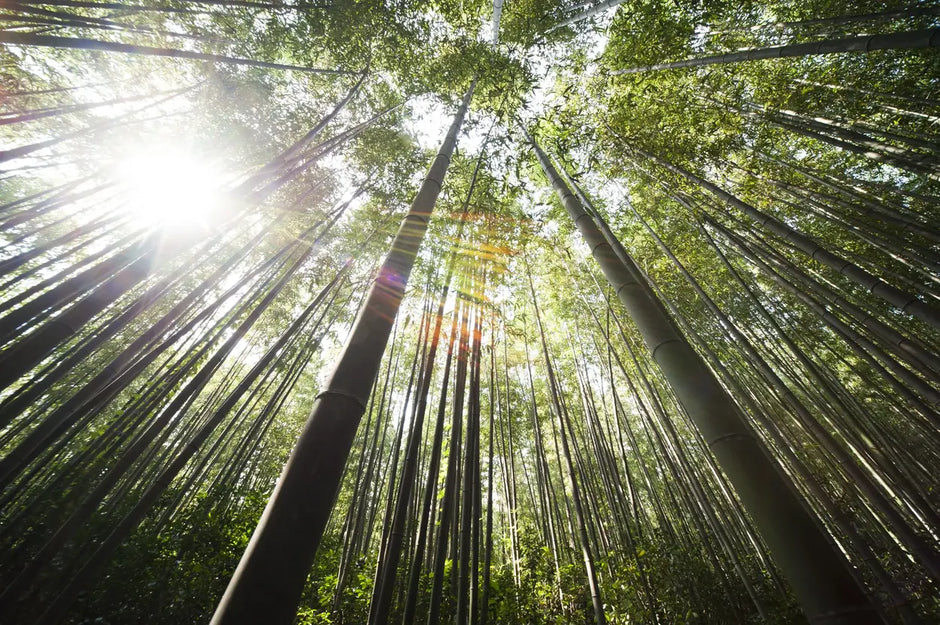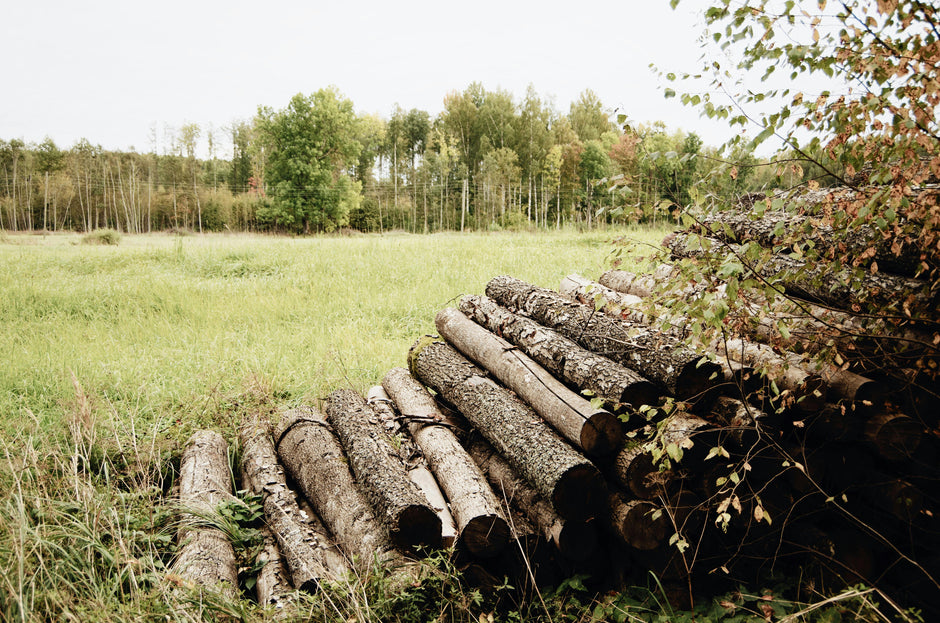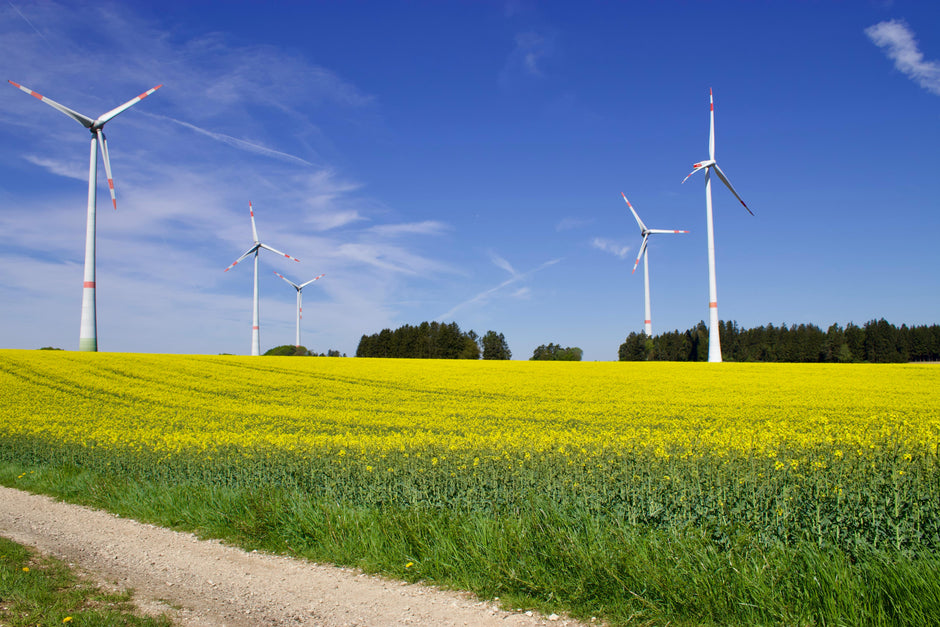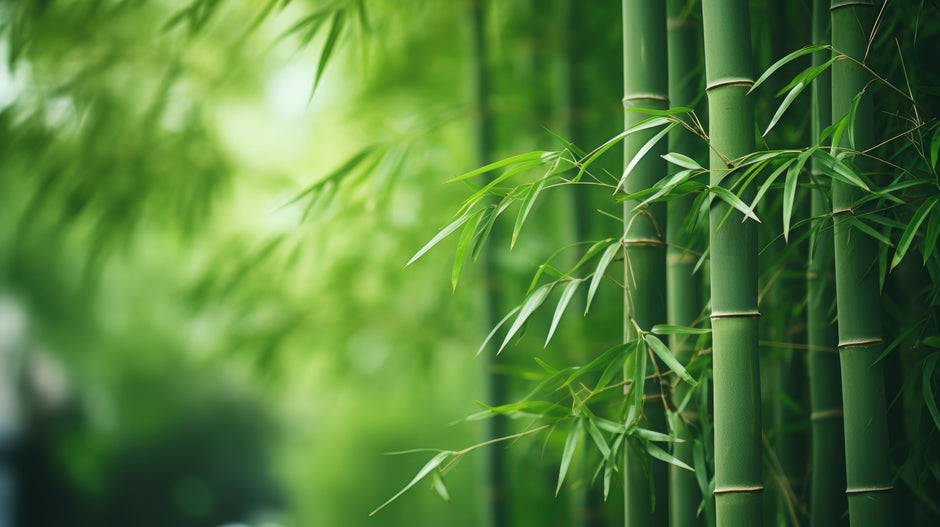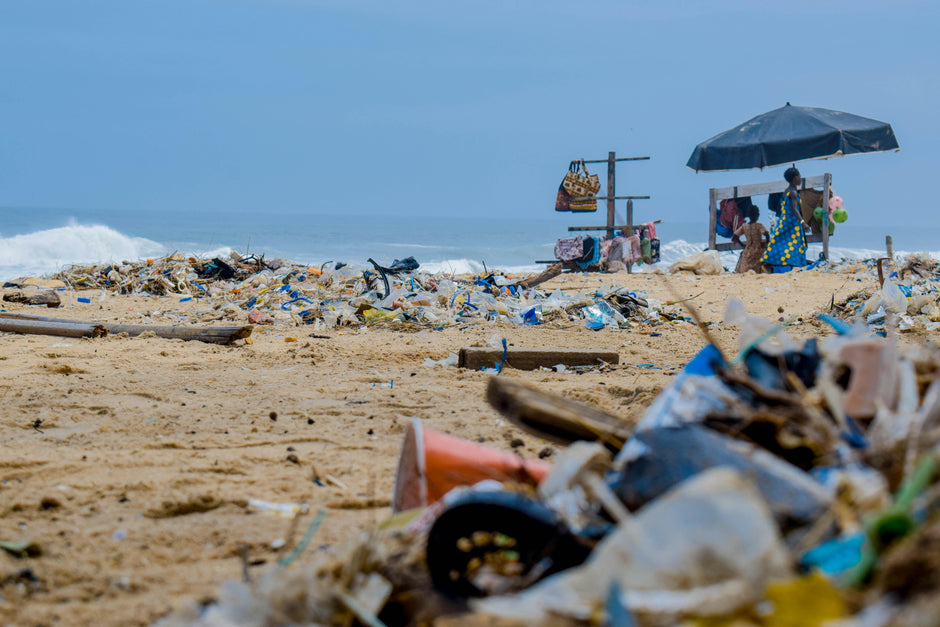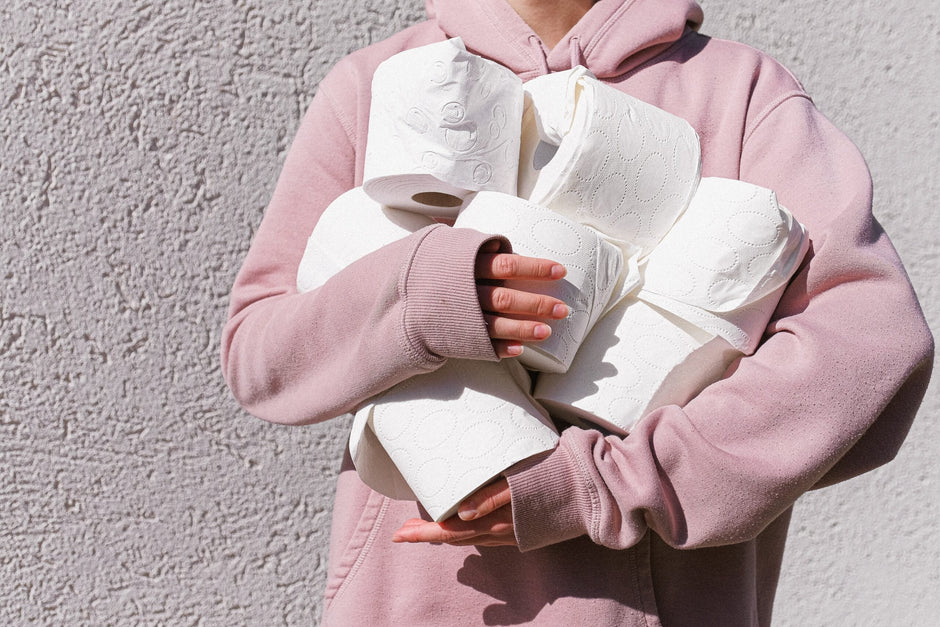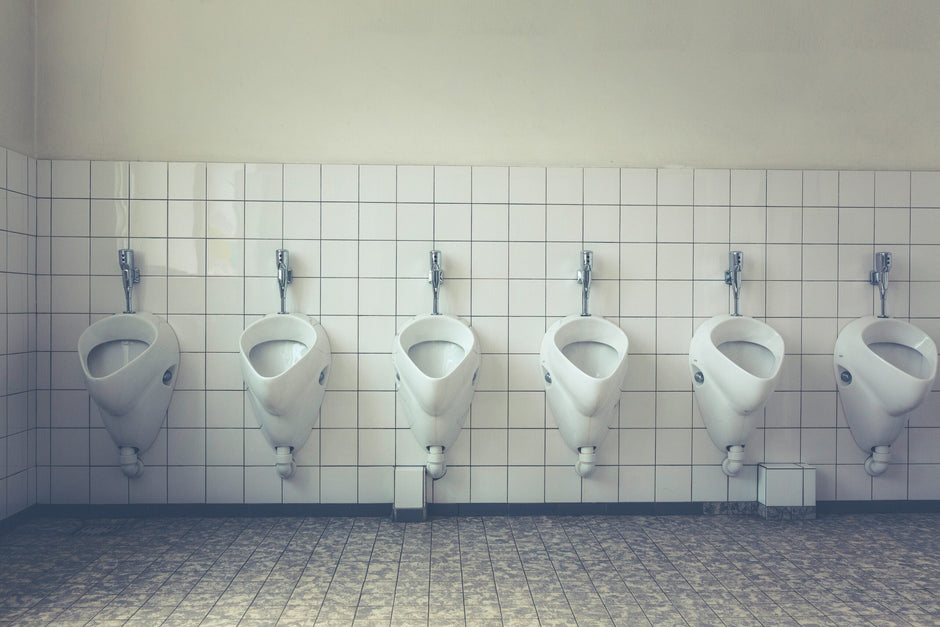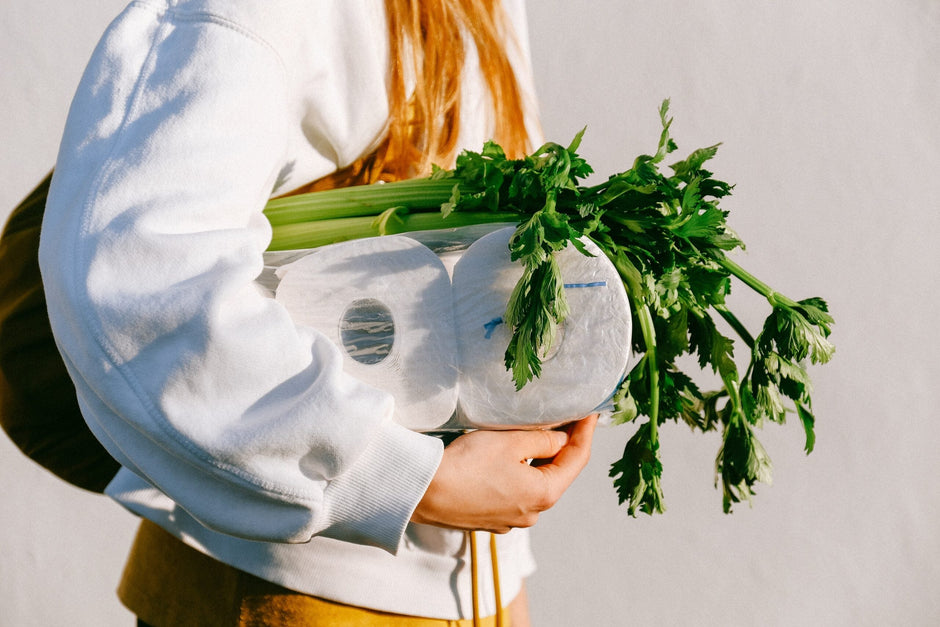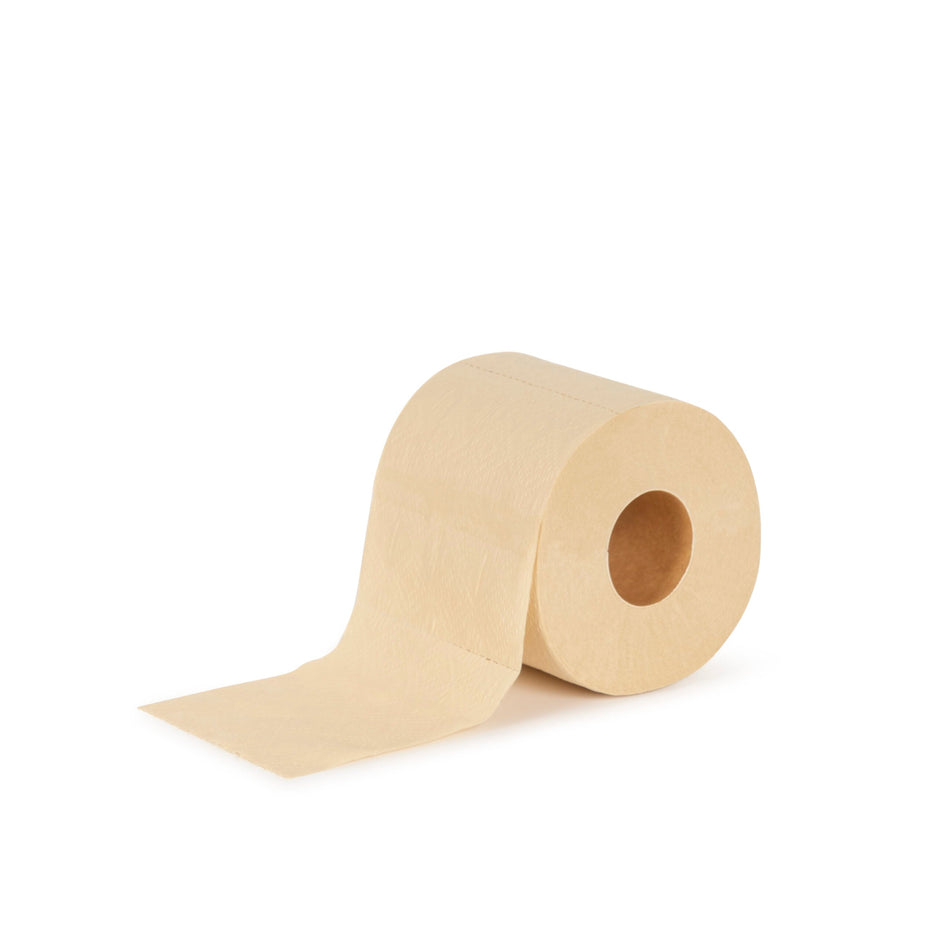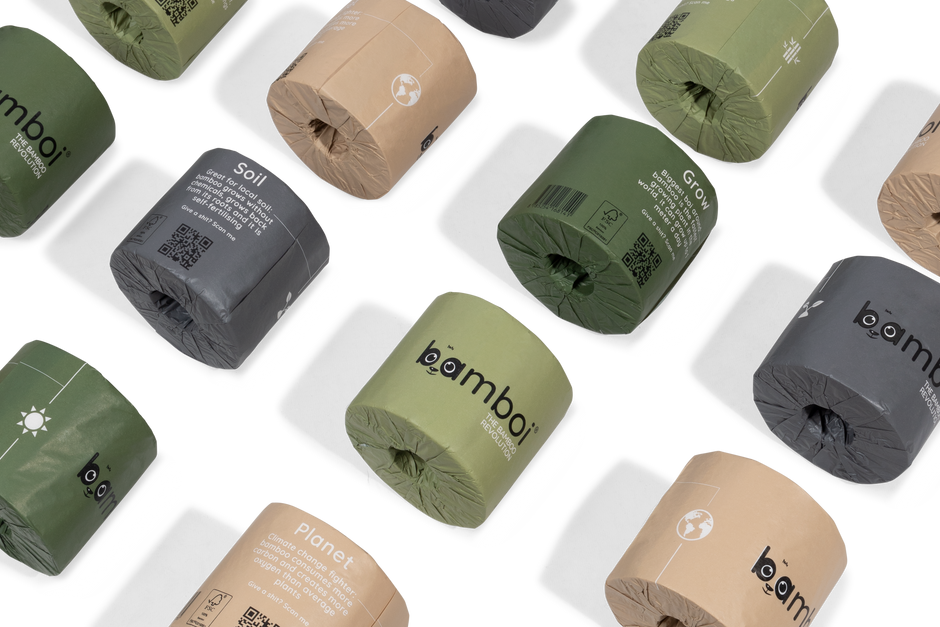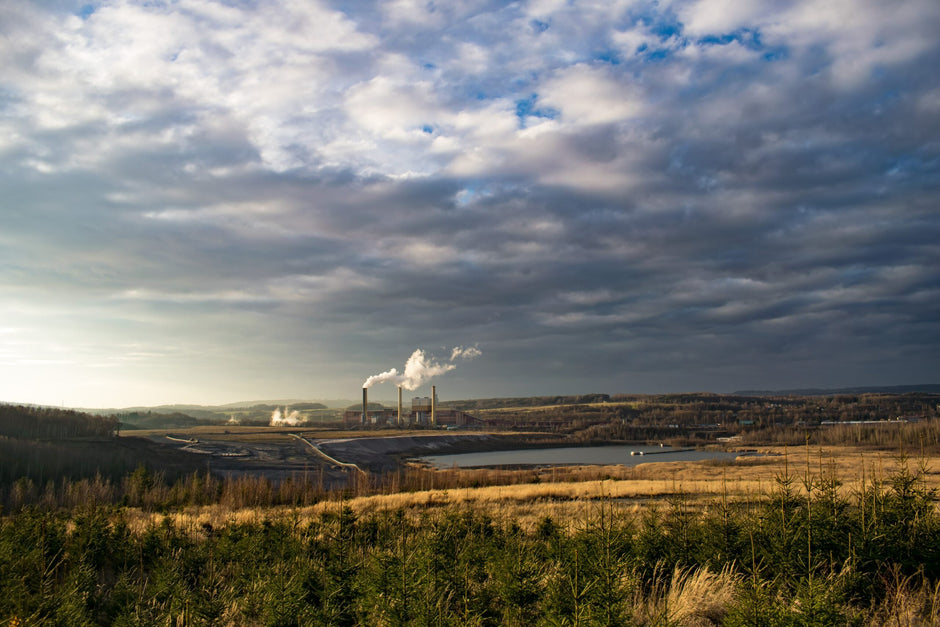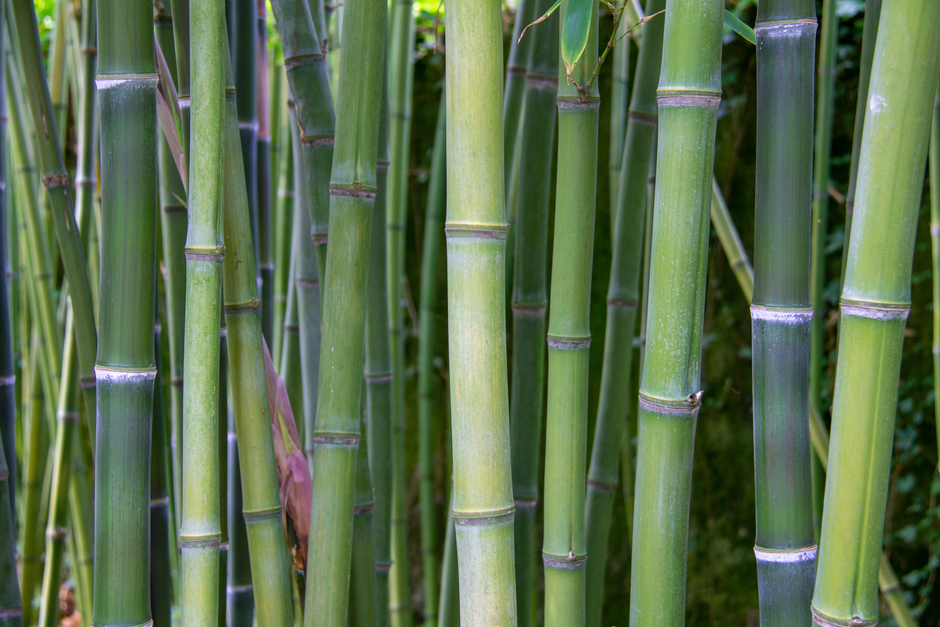Toilet paper is an everyday product that we often take for granted. Yet its production process is complex and has a significant environmental impact. In this article, we compare the production of traditional toilet paper with that of bamboo toilet paper, and we highlight the benefits of the sustainable choice of bamboo.
Production Process of Traditional Toilet Paper
Traditional toilet paper is mainly produced from wood pulp, derived from trees such as softwood and hardwood. The process begins with cutting down trees, after which the trunks are stripped of bark and chopped into small chips. These wood chips are then mixed with water and chemicals to release the cellulose fibers, resulting in pulp.
This pulp is washed, bleached, and processed into thin sheets of paper, which are eventually rolled into toilet paper rolls. The bleaching provides the white color we are accustomed to, but it also introduces chemicals that can be harmful to the environment.

Production Process of Bamboo Toilet Paper

Environmental Impact and Sustainability
Choosing bamboo toilet paper has several advantages compared to traditional toilet paper:
-
Resource Renewal: Bamboo grows up to 30 times faster than many tree species and can be harvested annually without replanting, which contributes to a more sustainable supply of raw materials.
-
Reduced Use of Chemicals: The production process of bamboo toilet paper requires fewer chemicals and no bleaching agents, resulting in a lower environmental impact and a product that is gentler on the skin.
-
Water and Energy Efficiency: Bamboo toilet paper uses less water and energy during production, contributing to a lower ecological footprint.
Would you like to learn more about how you can reduce your ecological impact? Read our article on the importance of reducing plastic and discover practical ways to contribute to a more sustainable world.
Choose Sustainability and Make the Switch to Bamboo Toilet Paper
Why choose traditional toilet paper when there is a more sustainable and environmentally friendly alternative? Bamboo toilet paper from Bamboi helps combat deforestation, reduces chemical usage, is better for the planet and your skin. Make the switch today and contribute to a greener future! Order your Bamboi bamboo toilet paper!



